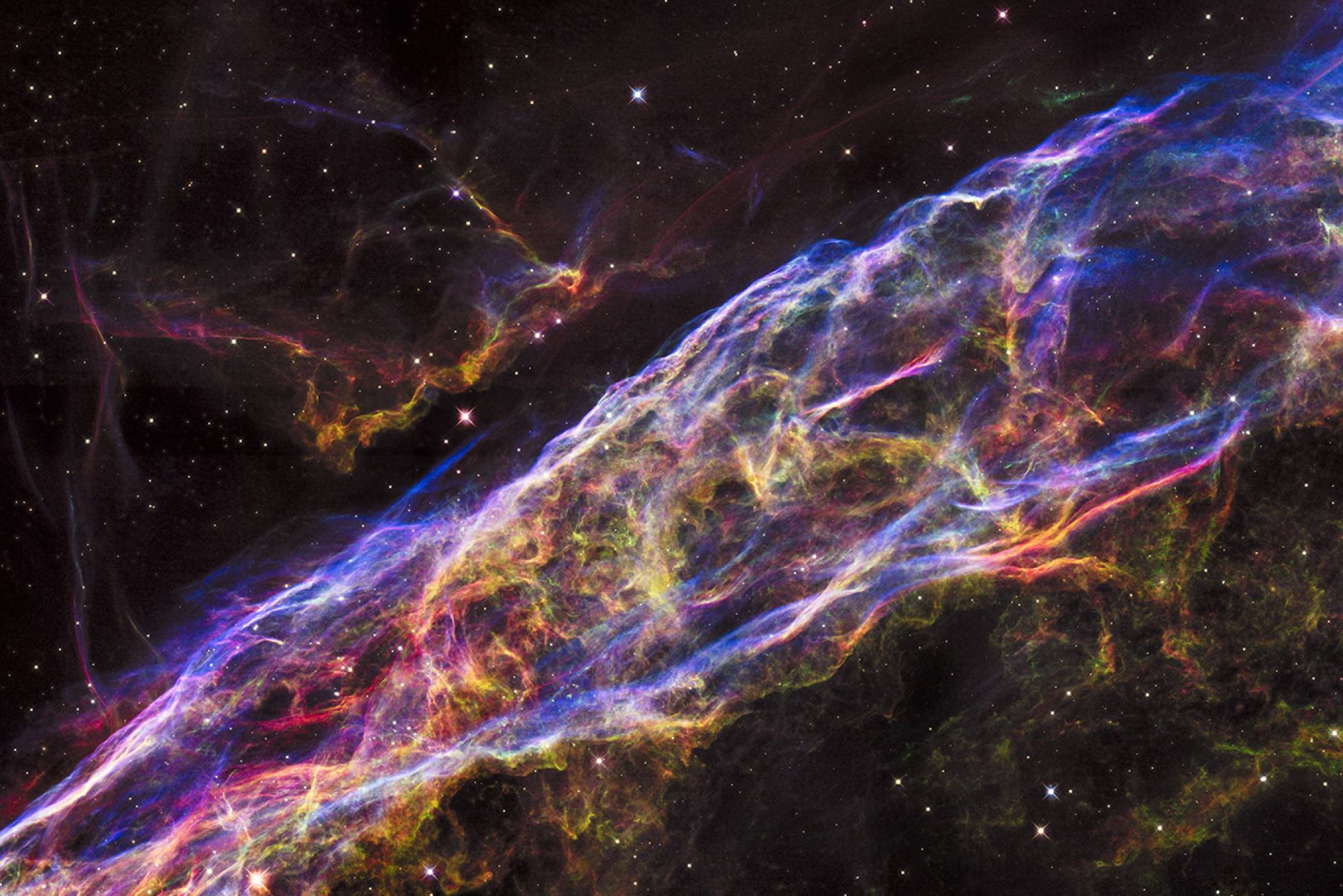Massive stars, which terminate their evolution in a cataclysmic explosion called a type-II supernova, are the nuclear engines of galactic nucleosynthesis. Among the elemental species known to be produced in these stars, the radioisotope 60Fe stands out: This radioisotope has no natural, terrestrial production mechanisms; thus, a detection of 60Fe atoms within terrestrial reservoirs is proof for the direct deposition of supernova material within our solar system. We report, in this work, the direct detection of live 60Fe atoms in biologically produced nanocrystals of magnetite, which we selectively extracted from two Pacific Ocean sediment cores. We find that the arrival of supernova material on Earth coincides with the lower Pleistocene boundary (2.7 Ma) and that it terminates around 1.7 Ma (details).

No comments:
Post a Comment